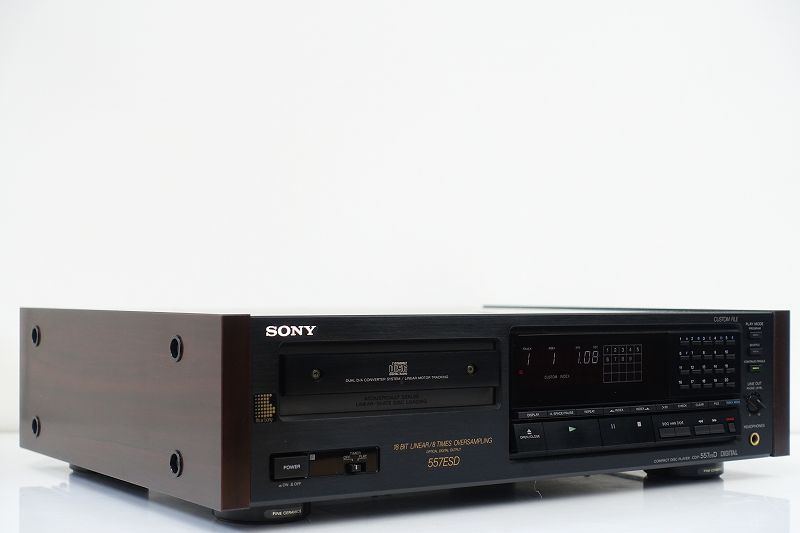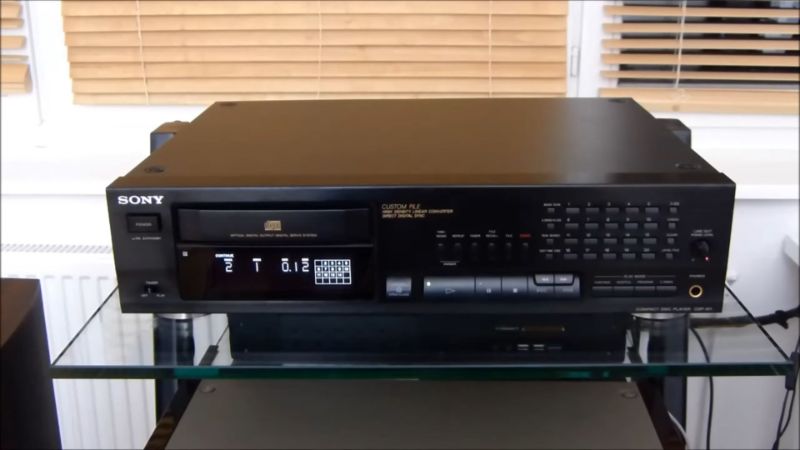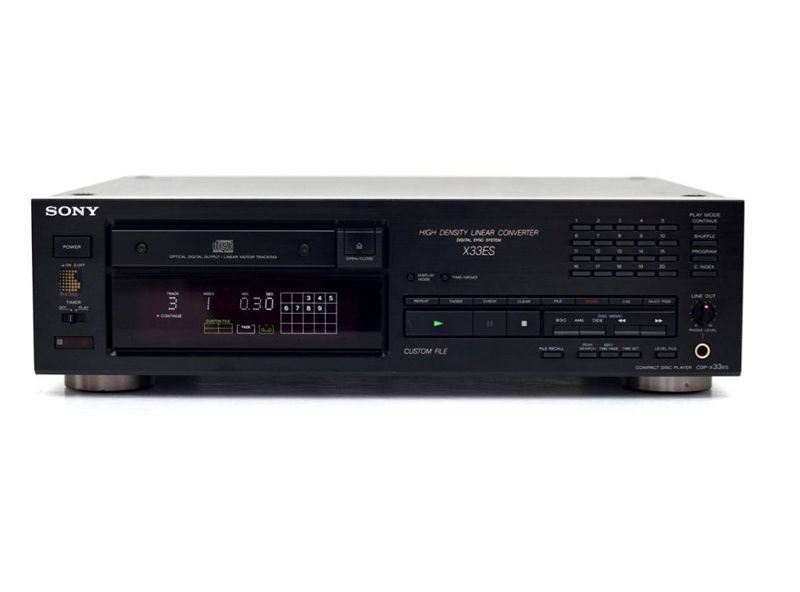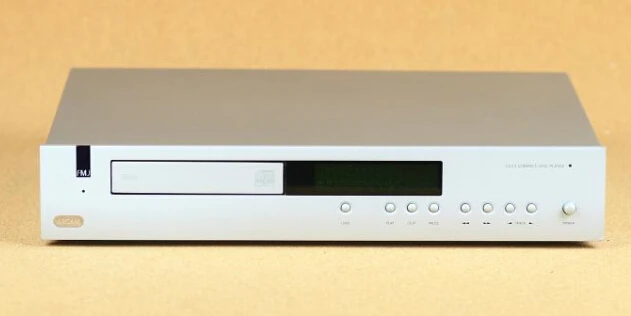The Marantz CD-17 KI Signature is the epitome of the Marantz philosophy: always striving for that little bit more. Last year, I tested the CD-63 KI, the first in a small series of special uprated versions of established Marantz goods overseen by Ken -Ishiwata, Marantz’s design wizard. This entailed taking a simple machine, dismantling it, and rebuilding it with a slew of audiophile enhancements, thereby doubling the price while generating a wolf in sheep’s clothing. At the time, the CD-17 was being planned with the same style of hot-rodding.
In July of last year, I glanced at the original version of the CD-17, and the thought of this Reference range machine getting the KI treatment was very thrilling. This was a CD player that already shone and deserved to be part of Marantz’s flagship line. It was mind-boggling to consider what the KI team could do with it now that they weren’t bound by the price tag.
So here it is, with little aesthetic difference from its CD-63 predecessor except from the gold emblem announcing its participation in the KI Signature line. The CD-17 prefers elegant elegance above banks of buttons, with only the most basic front panel controls to offer the necessary functionality. Curved surfaces abound, with a curved strip taking up majority of the panel, into which the display glass and CD tray are fitted; these, in turn, have slightly bowed profiles to keep the line.
The machine is controlled by seven circular buttons, comprising the power switch, tray operation, and basic transport features. The whole range of operating features is offered by remote control, as is customary of Marantz, and the new handset is one of the few obvious evidence of the KI improvement. This is a long, slim, heavy object with a solid metal control panel and what appear to be very sturdy buttons, and it provides all the programming options someone could want. Extra functions, such as display dimming, are also available.
The back panel is just as sparsely populated as the front, with the analogue output dominated by a protruding pair of gold-plated phono plugs placed on huge insulating washers. The S/PDIF digital output and the Marantz D-Bus system integration control link employ more traditional phono connectors.
But, of course, the true attractions are hidden within the machine. There have been a number of modifications and upgrades made, many of which demonstrate Marantz’s hallmark approach to audiophile performance. There are a few instances where it nearly appears as if there is an obsession, the most prominent of which being the widespread usage of copper.
Whereas most designers see this metal primarily as a conductor of electricity and hence as a material for producing wires and PCB tracks, Marantz has begun to use it to make entire chassis components in order to avoid the induced eddy currents that inevitably flow in steel. Indeed, the original CD-17’s chassis structure made heavy use of copperplated pieces, which have been upgraded in this edition with the addition of a fully new copper bottom plate. It is unclear whether this is better for use on gas or electric bobs.
The internal end/side and rear panels have also been upgraded, and all of this, along with the addition of new internal digital screening, helps to explain the unit’s astronomical weight; the specifications simply describe it as “heavy,” despite the fact that it appears completely out of proportion to its size.
Improved screening is one of numerous approaches proposed to lower the danger of circuit contact. The transformer is a brand-new toroidal design that, like many of the new parts, originated in the United Kingdom. The analogue output stage, which is separate and independent from the digital circuitry, has also been upgraded, as have essential coupling components.
The Hyper-Dynamic Amplifier Module (HDAM), a proprietary gain block employed where others would use an integrated circuit, is another design aspect on which Marantz lays its reputation. The result is an appealing preponderance of discrete components, for which Marantz claims very high slew rates and thus great transient response, as well as additional benefits resulting from its screening expertise applied to the HDAMs themselves.
The module has gone through numerous stages of development, including the predicted addition of copper plating to the screening can – as seen on CD-17. The KI employs the HDAM’s new Gold version, which enhances the benefits of the discrete, non-magnetically screened gain element. The supply of an oxygen-free copper mains lead is a last element that adds to the flavor of what Marantz is aiming to achieve.
As a result, we’re in an intriguing predicament. We already know that the Kt touch can turn a regular CD player like the CD-63 into the auditory equivalent of a Lotus Cortina. What can be accomplished by applying the same methodology to a machine that is already exceptional?
Even if the proportional uprating cannot match the CD-63 KI (and it could barely expect to without negatively impacting the original CD-17), the effect of the adjustments is still visible.
All of the trademarks of Marantz sound are there and accounted for, including exceptional smoothness and a large, genuine bass. It’s just this level of warmth that makes a fine Marantz machine like this such a good ambassador for digital, but the temptation to seek this empathetic reading at the price of clarity and sparkle must be resisted at all costs. The CD-17 KI’s mixture of the two extremes, as well as their integration, is quite remarkable, resulting in a massive sound when it’s needed.
At the same time, it has a delicate touch, which allows it to capture subtleties and details in even the most complicated materials. While Mahler’s Eighth Symphony (the “Symphony of a Thousand”) blasts from the loudspeakers with all the strength the recording engineers could capture, something as basic as a lute melody sings with life, exposing minute peculiarities of the recording venue. This level of quality and precision unavoidably leads to excellent stereo placement and spatial imagery, which, as expected, perfectly complements the overall melody.
The fact that the first two KI improved goods are both CD players demonstrates Marantz’s recognition that CD is an area of special skill for its designers. An amplifier will receive the same treatment, but for now, these two machines serve as the company’s ‘statement of capabilities.’ This CD-17 KI in particular is a superb machine; it’s not simply a sales-boosting makeover, but a dedicated and unique player that Marantz can be proud of.







